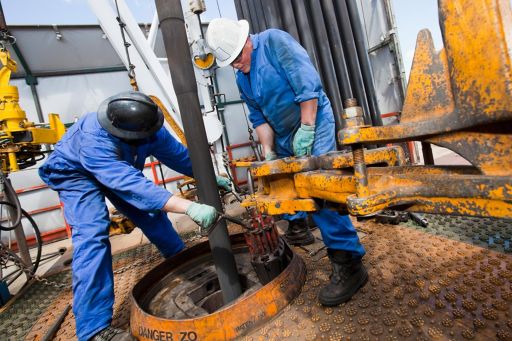Developing a global product lifecycle management strategy
Global product lifecycle management strategy
A leading US manufacturer was faced with a critical challenge: integrate processes and technology across 15 design centers worldwide, aligned with the design activities of between 500 to 700 engineers.

Recently, a leading US manufacturer of compression equipment and refinery technology for the oil & gas industry was faced with a critical challenge. To maintain their existing customer base, gain new business and successfully compete in emerging markets, the manufacturer needed a way to improve design consistency, enhance knowledge sharing among engineering resources, increase speed to market and develop a more competitive product pricing structure.
However, accomplishing these goals would not be a simple matter. Processes and technology would have to be integrated across 15 design centers worldwide and aligned with the design activities of between 500 to 700 engineers. In the past, the manufacturer’s project designs were slightly different based on the layout of the plant where equipment and technology were being implemented. Each plant worked as a silo, hampering collaboration across locations. In addition, engineering resources could not be easily shared during peak demands because processes and technology varied from plant to plant.
The manufacturer was also using a number of disparate software programs across the enterprise. Third-party resources were required to convert data from different formats into one common format that could be used by engineers across locations.
A trusted resource
The manufacturer was familiar with the talent and capabilities of KPMG professionals. In fact, KPMG’s Procurement Advisory (PA) team was already on the ground helping the manufacturer with a strategic sourcing and procurement transformation. For the sourcing and procurement project, the KPMG team had defined a category management program, developed and deployed a category management methodology, sourced the execution for high-spend direct and indirect categories, and provided implementation support for a roster of “Quick Win” opportunities. During this project, KPMG professionals stayed flexible, always allowing the client to set the pace of the project and transformation process.
Working better by working together
The prior effort by the PA team helped position KPMG’s Innovation and Engineering (I&E) team for the work to help the manufacturer develop a product lifecycle management strategy. On this project, the I&E team brought together all the functional vice presidents and business leads to discuss their needs. Based on this input as well as further analysis, the KPMG team developed a detailed product lifecycle management platform and roadmap of the client’s technology and process requirements, phased out over the next three years in an implementation sequence.
In effect, the KPMG team defined an improved process and technology environment where personnel across multiple design centers could work closely together in a more efficient and effective manner. The team also developed a supporting business case for the project that indicated a potential revenue improvement of 5 to 10 percent combined with a 10 percent decrease in operational costs.
Based on the new product lifecycle management platform, the manufacturer expects to receive the following benefits:
- Increased revenue through improved price competitiveness and more wins; the ability to support more concurrent projects through enhanced productivity; the ability to better leverage the engineering resource pool; and improvements in operations and collaborations at the global level
- Increased profitability through reduced engineering hours and lower costs for engineering resources, materials, warranties and manufacturing
- Improved product quality based on consistent engineering and design standards, reduced manufacturing variability and better data accuracy
- Enhanced customer satisfaction due to more timely completions, lower project costs, greater responsiveness to customer needs, and products that are more reliable and consistent.
The Innovation & Engineering team is part of KPMG’s Management Consulting Advisory Practice in the U.S
Other case studies
- Advising on the divestiture of a major meter services provider
- Helping a US steel manufacturer select a new site
- Identifying working capital improvements for a defense industry leader
- Reducing overhead while restructuring core businesses
- Increased effectiveness generates significant savings for global manufacturer
- Enhanced IT infrastructure leads to reduced costs
- Improving transfer pricing consistency, quality and compliance-readiness
- Supporting the strategic acquisition of overseas manufacturing companies
- Enabling a client’s aim to achieve sector leadership in sustainability
